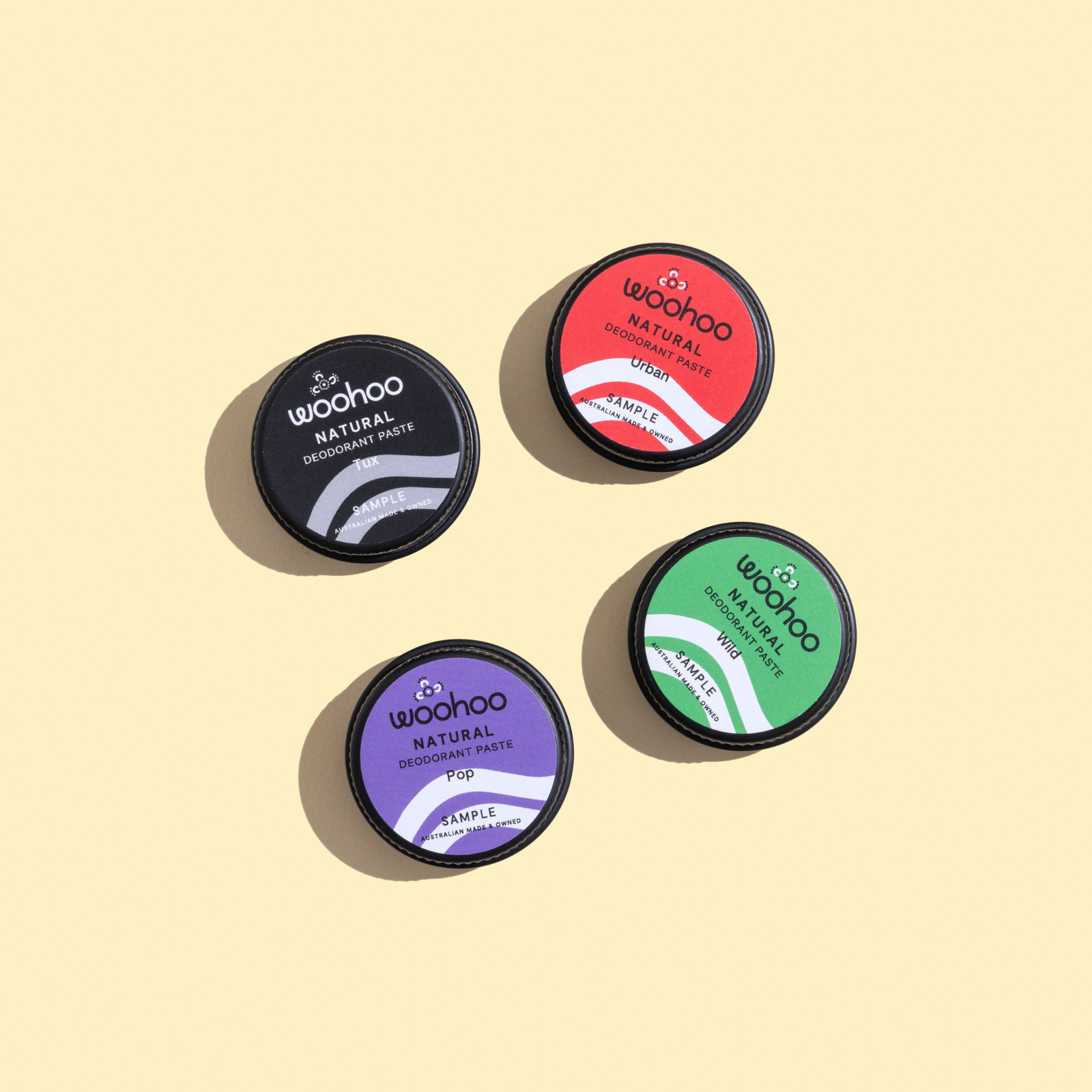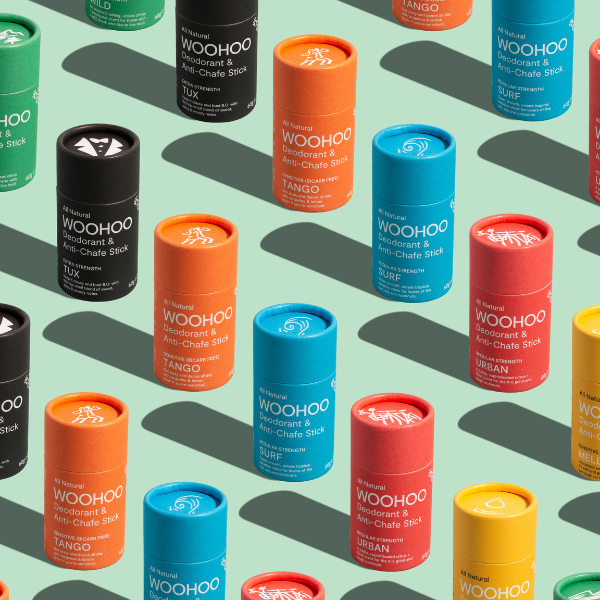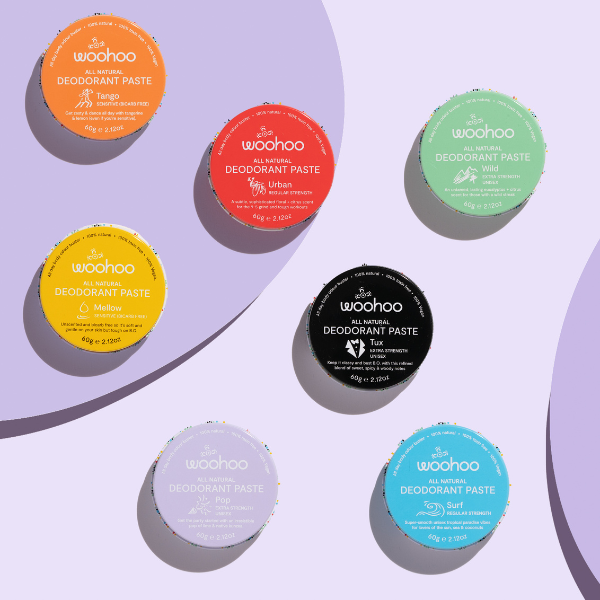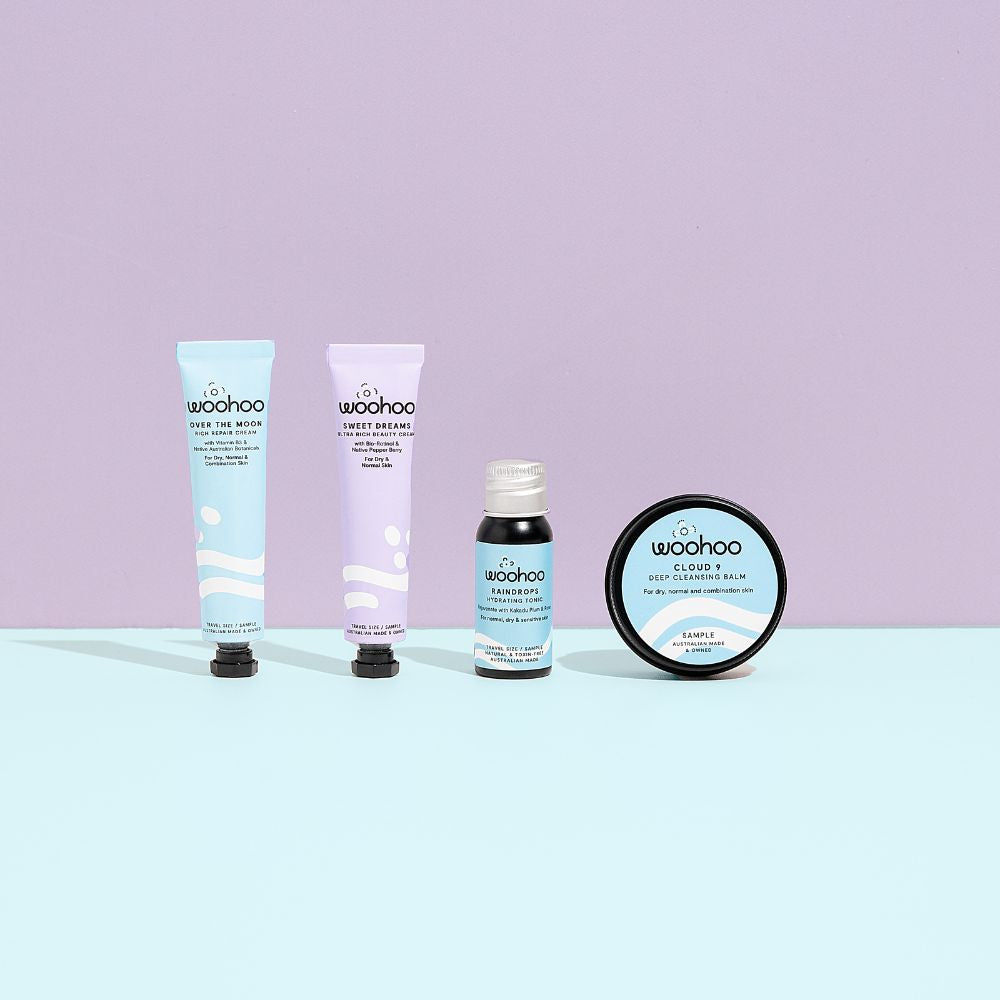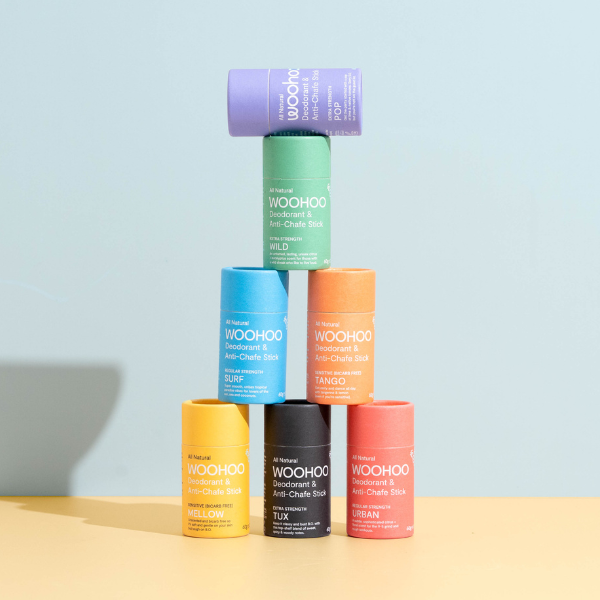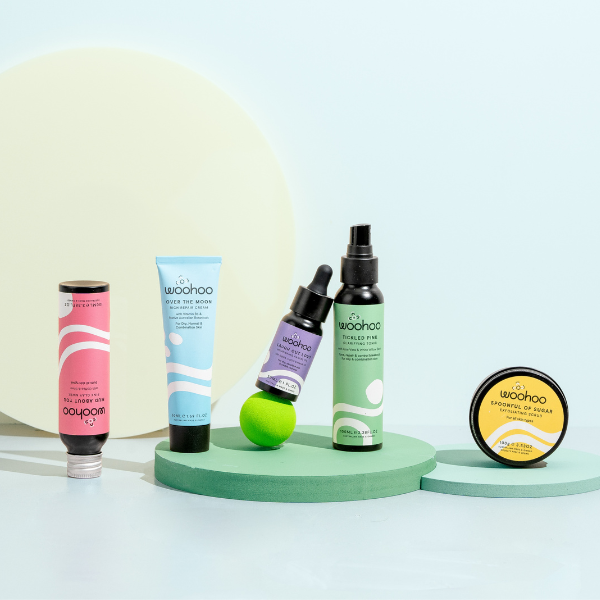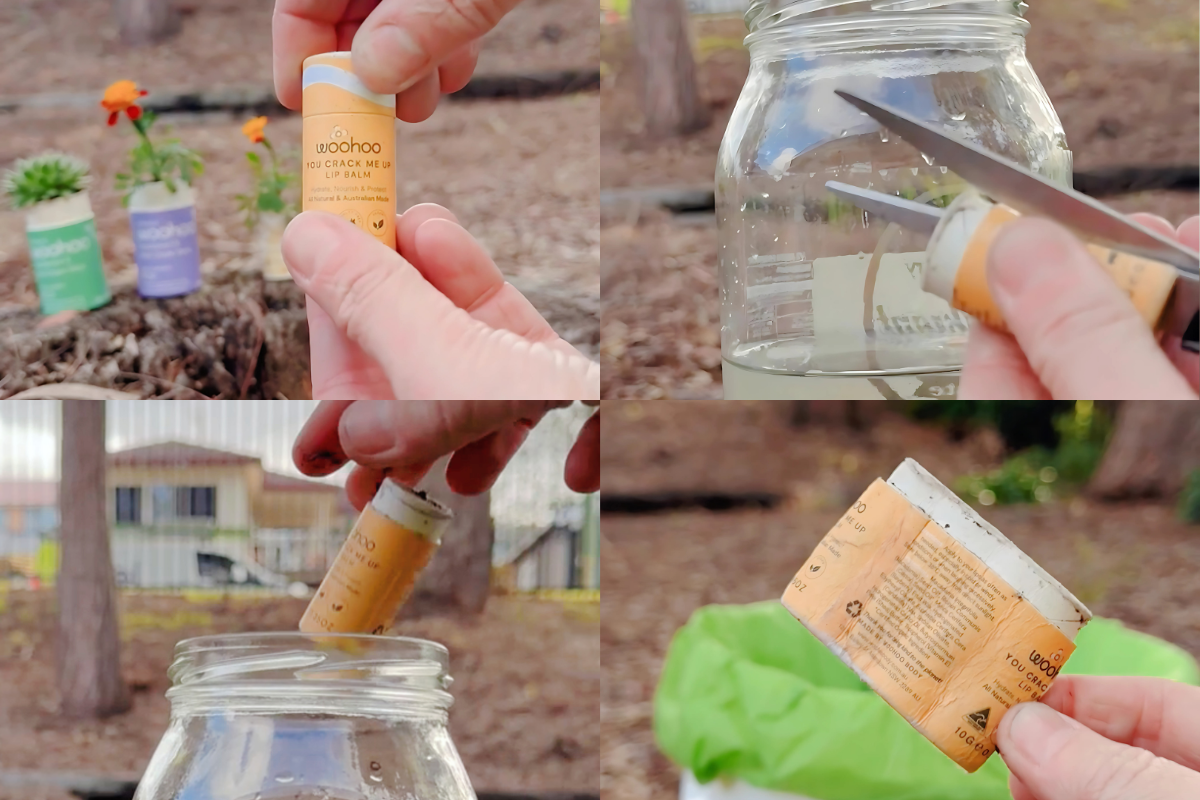There are a million (and then some!) ingredients to choose from when making a new product and it can be hard to pick.
This week we received an email from a year 11 student asking us some really good questions about our ingredients. So good we thought they were worth sharing with you today 
We don’t just decide on our ingredients based on which one is good for your skin – it goes a lot deeper than that. There are lots of chemistry, social, business and ethical questions that need to be answered before an ingredient is given the Happy tick and added into a Woohoo Skincare product.
Heat tolerance, pH, stability, ease of preservation, solubility, shelf life, texture, availability price, irritation concerns, aroma and whether they like to play with the other selected ingredients are just a few of the things running through our minds.
Yes, just like kids, some ingredients don’t like to play with other ingredients. Pick the wrong essential oil, preservative and thickener and your pure white cream will be weird, pink sticky goo!
Once the chemistry questions are nutted out it’s time to get to the harder questions.
These are the questions that go a little deeper and sometimes don’t have a clear answer. Just because an ingredient is natural, it doesn’t mean it’s A-O-K to use willy nilly.
- Is it cruelty free?
- Is it sustainable?
- Is it natural/organic/wild-crafted?
- Is it fair-trade? Or does it benefit the community somehow?
- Is it non-toxic?
- What is its country of origin? (Is it Australian made?)
- Is it vegan?
- Does it contain Palm oil? Is it RSPO (Roundtable of Sustainable Palm Oil) certified?
- Does it have proven results?
- Is it safe/healthy?
Nearly all of those are pretty straight forward. Yes there has been curve balls in finding vegan ingredients like ensuring that shellac wasn’t used on any citrus fruit and egg enzymes not used in making xanthan gum but they all have a yes/no answer.
Jumping to conclusions with Professor Google
It all gets a little more confusing when we start asking questions around healthy, toxicity and overall safety.
Last time we counted there were 5,683,921 health, beauty wellness blogs on the net. There might be more but we stopped there  In the time it took to type this sentence, 3 more blogs were just started.
In the time it took to type this sentence, 3 more blogs were just started.
All of these blogs are well intentioned but sometimes the information has suffered a case of Chinese whispers and gets twisted. Our pet peeve is when see someone twisting information just to sell stuff.
So where do we go to research ingredients?
We still read blogs (cautiously!) as they are a great place to start and we like to go to sources that have opposing views. We look at the debate from both sides and then make our own conclusions.
We like to check ingredients using the Environmental Working Group Skin Deep Database. It is a great starting point and quickly lets you know if an ingredient is worth further research.
We read Paula Begoun’s ingredient dictionary. Even though we don’t agree with everything, it provides a different and well considered view.
Lab Muffin does a great job of explaining cosmetic chemistry so we can all understand it.
We also follow blogs by some very experienced cosmetic chemists as they have a different take on things. They follow the science and not popular opinion on the internet.
We use google scholar to search for studies that back up claims – good or bad. Google Scholar is a much more reliable source than plain google.
We don’t use one source before making a decision on whether or not we’re going to use an ingredient. We like to get a range of information before deciding. The info can be contradicting as whether something is helpful or harmful is not always black and white. There are some ingredients that just had an awful PR agent.
We do our best to avoid hype and exaggerated claims (even if we get a little excited when it comes to Australian botanicals!).
When there are too many questions concerning safety we simply look for something else.
So there you have it – probably more information than you ever wanted to know about how we research ingredients for a new product formula. Once we’ve decided on the ingredients – that’s when it really gets interesting (and fun). It’s when we start cooking and the magic happens! 

